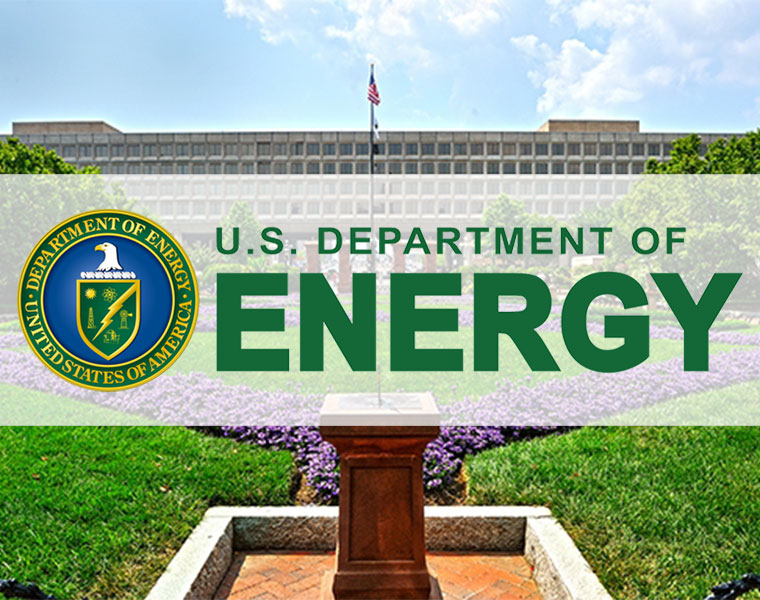In 2009 President Barack Obama signed the American Recovery and Reinvestment Act of 2009. This was a fiscal stimulus that allotted for $800 billion to stimulate economic activity to create jobs. Through this act millions of jobs were created, and the unemployment rate lowered. A large part of the Recovery Act was $48.1 billion in funding infrastructure. This funding set the stage and showed the need for federal investment in infrastructure and transportation. Extending the American Recovery and Reinvestment Act of 2009, the Bipartisan Infrastructure Law passed in 2021 provides $550 billion in Federal investment in infrastructure.
As a part of the 2009 American Recovery and Reinvestment Act, the Smart Grid Grants program invested $10 million to work with electric utilities and smart grid operations. With the Bipartisan Infrastructure Law, they are expanding upon the original program investing up to $3 billion or $600 million a year from 2022-2026 in grid resilience technologies and solutions.
Then, to further expand the program in 2023 the Biden-Harris Administration announced up to $3.9 billion available through the second round of funding for the fiscal years 2024 and 2025.
According to the U.S. Department of Energy: “Smart Grid Grants are designed to increase the flexibility, efficiency, and reliability of the electric power system.”
The grants are mainly focused on increasing the capacity of the transmission system, preventing faults that may lead to wildfire, integrating renewable energy at transmission and distribution levels, and facilitating the integration of increasing electrified vehicles, buildings, and other grid devices.
The funding is open to institutions of higher education, for-profit entities, non-profit entities, state and local governmental entities, and tribal nations.
For the first funding opportunity 34 projects were selected under Smart Grid Grants. Then selected projects for the second opportunity for funding will be announced later this year.
Tagged with DOE, electrification, electrifiED





